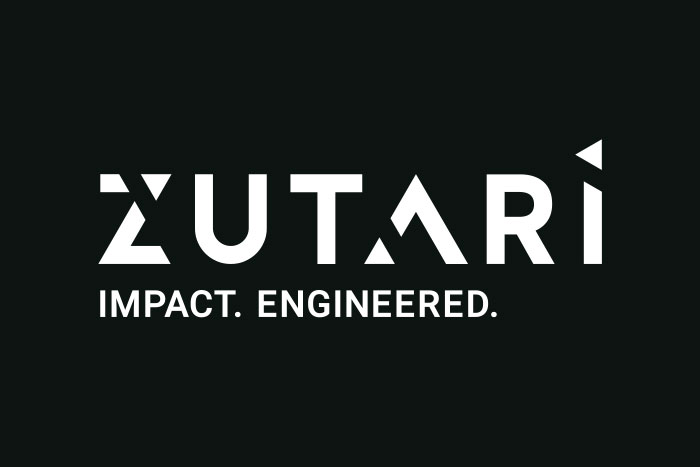Business Context
In designing the connected systems for the Ottawa Light Rail Transit and Eglinton Crosstown projects (both characterised by geographically distributed design of various interconnected systems), a major shortfall became apparent in the capability of software to accurately include the non-physical assets in virtual 3D modelling.
The available tools could only represent 40% of the actual systems design, necessitating the creation of additional manual steps. This process, however, introduced challenges such as the risk of multiple versions, non-integrative systems and potential inefficiencies from double handling, thereby increasing the likelihood of errors.
This was not acceptable to the AtkinsRéalis Canadian Rail & Transit Engineering Railway Control Systems (RCS) team. So, they reached out to dad to bring a new evolution of digital model-based design capability that would encompass all systems within the one software tool.
dad was then used as a solution to complement the 2D and 3D software used for architectural design.
Best Practice Integration
Using dad, AtkinsRéalis were able to create a systems information model. This centralised systems information database contains all asset information, including the relevant inter-connections and logical relationships. Any changes to the model are instantly propagated throughout and made visible to all users.
The team now has the capability to document and visualise all connections and relationships within an entire system to a granular level. This was previously unachievable for their connected systems, as the information was decentralised and spread across many 2D CAD files and individual Excel spreadsheets.
Errors and potential problems, such as unseen connectivity hurdles, were identified and rectified during the design phase, rather than during construction. This resulted in a more effective and efficient operational output.
AtkinsRéalis now brings increased accuracy, speed and collaboration to their projects as a result of using dad.




























